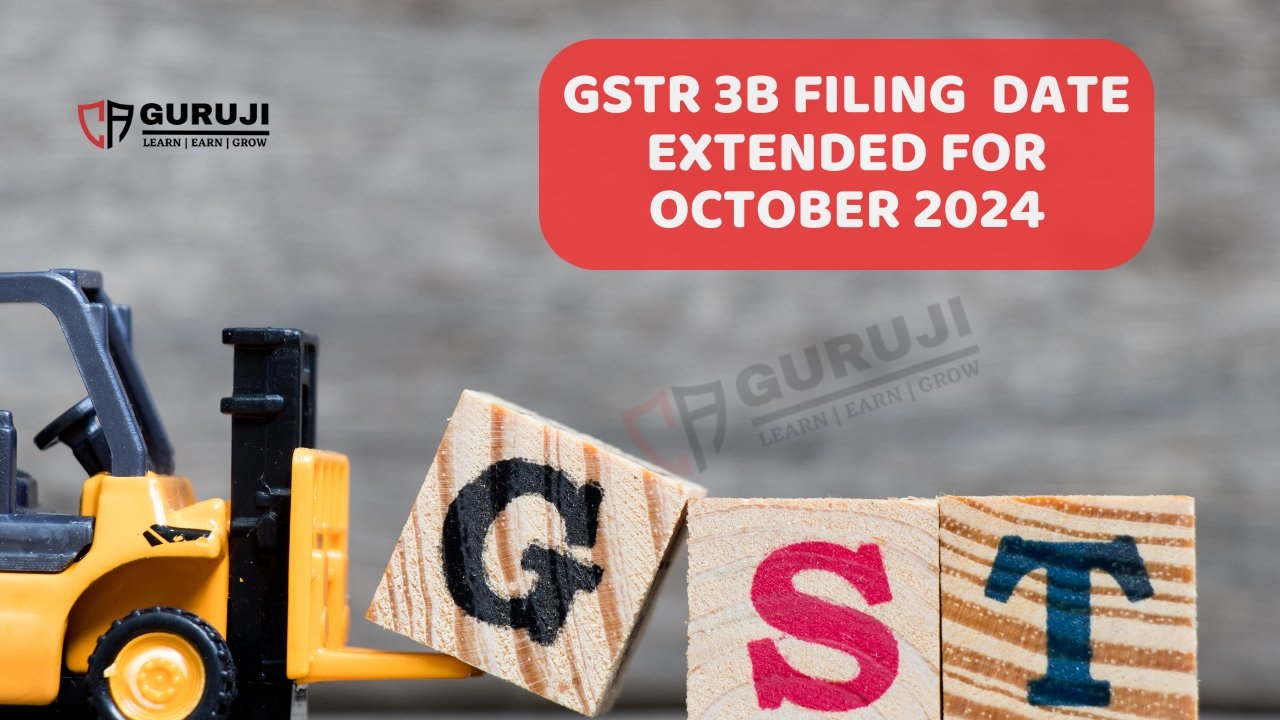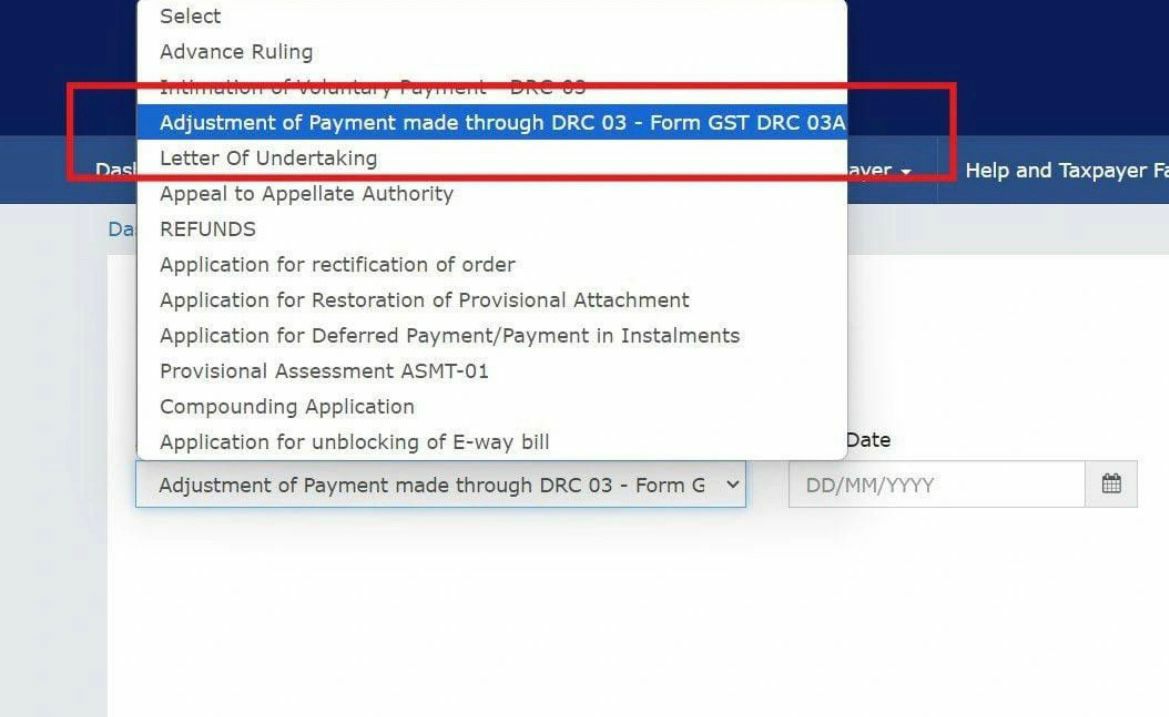The Income Tax department released guidelines earlier this month for selecting tax returns for scrutiny in the financial year 2024-25. This is good news for taxpayers, as it provides more clarity on why their returns might be chosen for a closer look.
Each year, the I-T department selects certain Income Tax returns for Scrutiny and such selection is made mainly based on Computer Algorithms termed as Computer Assisted Scrutiny Selection (CASS) wherein Income Tax return filed by the assesses are flagged by the computer for possible tax evasion using risk parameters like high refund claim, high deduction claimed, decline in gross profit or net profit, international transactions, increase in expenditure disproportionate to revenues, non-matching of opening stock with previous year closing stock, transactions with non-ITR filers etc.
In addition, certain cases are selected manually for Scrutiny assessments and parameters for such Compulsory Manual Scrutiny selection is issued by Central Board of Direct Taxes (CBDT) every year.
The CBDT has now outlined specific criteria for selecting ITRs for scrutiny. Here’s a breakdown of the key areas:
Mismatched Information: Discrepancies between your ITR and information received from other agencies, such as banks or law enforcement, can trigger scrutiny. This could involve undeclared income, suspicious transactions, or missing tax returns.
Tax Evasion Red Flags: If the department suspects you might be underpaying taxes, your return could be selected. This could be based on factors like high expenses compared to declared income or living a lifestyle beyond your reported means.
“Returns resulting from surveys conducted under Section 133A of the Income-Tax Act, 1961 (the Act), which reveal potential tax evasion, will be subject to compulsory scrutiny. Assessments derived from such surveys will require administrative approval and transfer to Central Authorities within 15 days for further assessment. Example: If during a surprise check, the tax department finds that the reported income does not match with the actual business transactions, they might want to examine the returns more closely,” said Manisha Karia, Advocate Supreme Court of India
Unfiled Returns: Failing to file your ITR after receiving a notice is a sure way to land on the scrutiny list. The department will investigate the reason for non-filing and assess any outstanding taxes.
Beyond the Basics: Specific Scrutiny Cases
The guidelines delve deeper, outlining specific scenarios that necessitate compulsory scrutiny:
Information Sharing: If any law enforcement agency provides specific evidence pointing towards tax evasion for a particular assessment year, and the taxpayer has filed an ITR for that year, the return will be mandatorily scrutinized.
Search & Seizure Operations: Tax assessments arising from search and seizure operations conducted before April 1, 2021, will also be subject to scrutiny. This includes ITRs filed for the year preceding the search. “Example: If there was a raid at the office and discrepancies are found the financial records, the return could be selected for closer examination,” said Karia.
Non-Response to Notices: Cases where taxpayers have not responded to notices issued under Section 142(1) of the Act will be scrutinized. The underlying documents prompting these notices will be uploaded for assessment by the NaFAC, facilitating further action as per the provisions of the Act.
Example: If a person receives a notice from the tax department asking for their business’s financial records and he ignores it, his return might get selected for examination.
Cases of Registration/Approval Denials: Cases where taxpayers claim tax exemptions without proper registration or approval will undergo examination. The Jurisdictional Assessing Officers will prepare a list of such cases with administrative approval, followed by submission to higher authorities for further action.
Recurring Tax Issues: Cases with substantial tax additions in previous assessment years, exceeding specified amounts, will be scrutinized. The Jurisdictional Assessing Officers will compile a list of such cases with administrative approval for submission to higher authorities.
CBDT also issued guidelines for selection of following type of cases for scrutiny assessment manually during the Financial Year 2024-25. Rohit Ahuja, Partner, Ved Jain and associates explains in detail
A. Organisations which have not been granted registration under Income Tax or whose registration have been cancelled but found claiming exemption under Income Tax;
B. Where no return is filed even after issuance of notice by the department;
C. An issue on which addition is made in earlier years and confirmed by the appellate authorities involving amount exceeding 25 Lacs in metro and 10 Lacs in non-metro cities;
D. Department has conducted Search or Survey.
Aforesaid scrutiny assessment will be mainly carried out in a faceless manner wherein initial notices will be issued by the jurisdictional Income Tax officer and thereafter all the records will be transferred to National Faceless Assessment Centre which will carry out assessment in faceless manner i.e. jurisdiction of assessing officer is unknown and it is only during assessment proceedings before taking any adverse order, an opportunity of hearing is granted through video conferencing.
However, cases pertaining to non-resident assesses, cases involving international transactions with sister concerns and also cases where search & survey has been conducted, will not undergo faceless assessment, but will instead be processed through e-proceedings wherein notices will be issued online and replies will also be filed online, however, assessee can approach the officers as their jurisdiction is disclosed in the notices.
Scrutiny Process Breakdown:
The guidelines also clarify the process for handling cases selected for scrutiny:
Prior Approval: For certain cases, like those involving information from law enforcement or search & seizure operations, prior approval from senior tax officials is required before initiating scrutiny.
Centralized Scrutiny: Many scrutiny cases will be transferred to “Central Charges” under section 127 of the Income Tax Act. This implies a dedicated team of tax officers will handle the scrutiny process.
Notice Issuance: The taxpayer will receive a notice under section 142(1) or 143(2) of the Income Tax Act, informing them of the scrutiny and outlining the next steps.
Key Objectives of the New Guidelines:
Targeted Scrutiny:Tthe guidelines establish specific parameters for selecting ITRs for scrutiny. This helps focus on cases with potential tax evasion, rather than random or arbitrary selections.
Streamlined Process: The new procedures aim to streamline the scrutiny process. This includes leveraging digital platforms like the National Faceless Assessment Centre (NaFAC) for faster and more efficient assessments.
Transparency and Fairness: The guidelines emphasize transparency by allowing taxpayers to understand why their ITRs might be chosen for scrutiny. This fosters a fairer system for everyone.
Visit www.cagurujiclasses.com for practical courses











